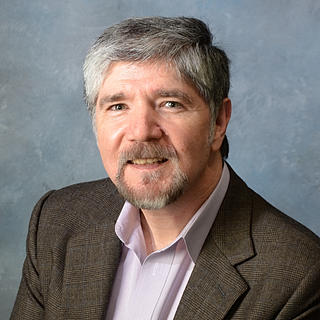Elastic by Richard Mlodinow
- J.D. Cortese
- Jun 15, 2018
- 2 min read
Updated: Jul 30, 2018
A different take on the classic dichotomy of top-down and bottom-up thinking that can change the way you think.

“Using logic first to comprehend reality [...] emphasizes organization and hierarchies and it doesn't work well with the wealth of information that's available now.”
It’s rare the non-fiction book that I read in less than a week, and whose principles I try to put in practice immediately after. ELASTIC is such a book and I highly recommended it.
The main thesis of the book is that we need “elastic thinking” to deal with today’s world, always accelerating and in continuous change. The way of using #logic first to comprehend reality—what the author calls a top-down way to analyze—emphasizes organization and hierarchies and it doesn’t work well with the wealth of #information that’s available now. The other system—bottom-up, accessing all the information available at once—provides a deep well of knowledge from where to draw better, more creative ideas. Logical analysis can then discard the bad options and find the best ones to solve the problem.
These ideas aren’t new, and there are echoes of the Systems 1 and 2 that Daniel Kahneman describes in “Thinking, Fast and Slow” as well as a close connection with the reflexive, automatic way to evaluate our choices that Malcolm Gladwell suggested in “Blink”.
Using a great deal of information from biological science, Mlodinow convincingly connects these two ways of thought with the popular view of a left (logical) and right (intuitive) brain. The author also provides fascinating psychological tests and evidence of how to best use these modes of thinking during the day—where they vary considerably. Our natural ability to profit from these daily cycles explains our common distinctions between “morning people” and “night owls.”
Just reading this book would provide paths to change the way you think and enrich the process of thinking itself. Although I don’t totally agree with the descriptions of the top-down and bottom-up ways we use our brain—I tend to think it’s the other way around, with logic building our worldview upwards from isolated elements and intuition taking a 30,000-feet view of life—I think the whole of this book is enormously useful to brainstorm ourselves into a better understanding of the modern world. God knows we all need to better understand the world we are creating.
A fascinating read and a book that could change you. Isn’t that the whole reason why we read non-fiction?







Comments